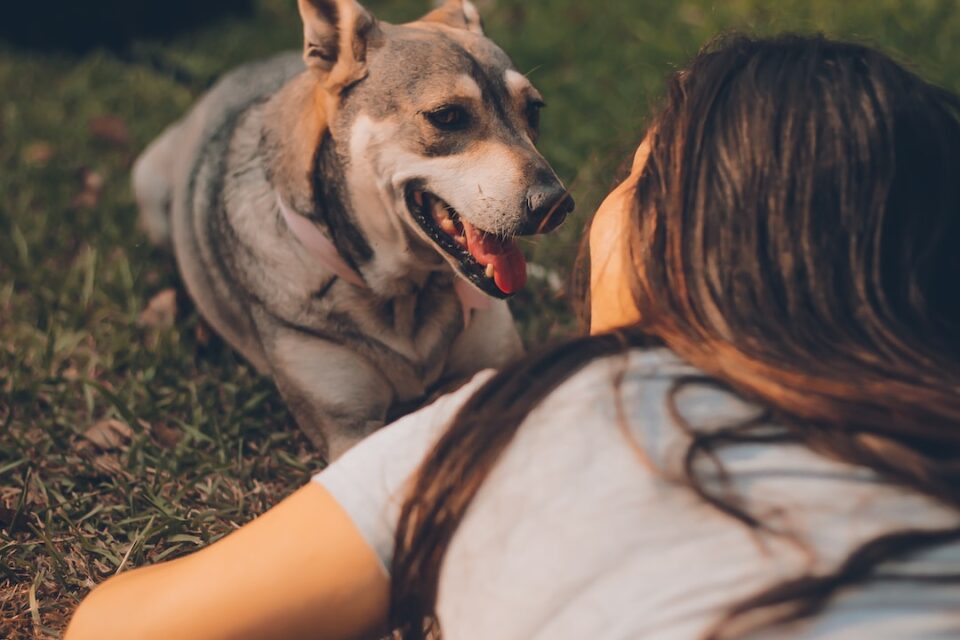Pet First Aid Basics: What Every Pet Owner Should Know
Pets are an integral part of our families, bringing us love, joy, and companionship. As responsible pet owners, it is crucial to be prepared for any emergencies that may arise. While we hope our pets never experience accidents or injuries, it is essential to have a basic understanding of pet first aid to ensure their safety and well-being. In this blog post, we will discuss some of the fundamental pet first aid techniques that every pet owner should know.
1. Be aware of common pet injuries: Just like humans, pets can experience a variety of injuries ranging from mild to severe. Knowing the signs and symptoms of common pet injuries such as cuts, wounds, fractures, choking, poisoning, and heatstroke is vital. Understanding how to identify these emergencies will allow you to take immediate action.
2. Build a pet first aid kit: Prepare a well-stocked pet first aid kit that includes basic items like sterile gauze, adhesive bandages, adhesive tape, antiseptic wipes, tweezers, saline solution, a thermometer, and any specific medication your pet may require. Ensure that the kit is easily accessible and kept in a designated place.
3. Handling and restraining injured pets: In an emergency, even the most well-behaved pets may panic or act aggressively due to pain or fear. To ensure your safety and the safety of your pet, it is crucial to handle and restrain them appropriately. Use towels or blankets to create a makeshift stretcher or muzzle to prevent biting while administering first aid.
4. Stop bleeding: In the event of a cut or wound, apply gentle pressure using a sterile gauze or a clean cloth to stop bleeding. If bleeding is severe or does not stop after several minutes, it is advisable to seek immediate veterinary assistance.
5. CPR for pets: Cardiopulmonary resuscitation (CPR) is a life-saving technique that can be used when a pet’s heart has stopped beating or they are not breathing. Familiarize yourself with the correct technique for performing CPR on pets, as the procedure differs from that of humans. Knowing how to perform CPR could make all the difference while waiting for professional help.
6. Handling choking emergencies: Choking can be a common occurrence for pets, especially if they chew on small objects or bones. Stay calm and check their airway. If the object is visible, you may carefully try to remove it using tweezers or your fingers. However, if you cannot see or remove the object, seek immediate veterinary assistance.
7. Recognizing signs of poisoning: Pets can accidentally ingest harmful substances such as household chemicals, medications, or toxic plants. Look out for symptoms like vomiting, diarrhea, excessive drooling, seizures, or difficulty breathing. If you suspect poisoning, contact your veterinarian or a pet poison helpline immediately.
8. Treating heatstroke: Heatstroke can be life-threatening for pets, especially during hot summer months. Signs of heatstroke include excessive panting, drooling, lethargy, vomiting, and collapsing. Move your pet to a cool, shaded area, apply cool (not cold) water to their body, and take them to the veterinarian as soon as possible.
9. Preparing for emergencies: In addition to having basic first aid knowledge, it is crucial to be prepared in case of emergencies. Keep emergency contact numbers for your veterinarian, an emergency veterinary clinic, and a pet poison helpline readily available. Additionally, know the location and directions to the nearest emergency veterinary clinic.
10. Seek professional help: While it is essential to offer immediate first aid to your pet, remember that professional veterinary care is crucial. Even if the injury or sickness seems minor, it is always best to consult a veterinarian for proper diagnosis and treatment. They are trained to handle all types of emergencies and can provide the necessary care your pet may require.
By familiarizing yourself with these pet first aid basics, you will be better equipped to provide immediate assistance when your furry friend needs it the most. Remember, prevention is always better than cure, so it is equally important to keep your pets safe by pet-proofing your home, providing regular veterinary check-ups, and prioritizing their overall well-being. A little knowledge can go a long way in ensuring that our beloved companions lead happy and healthy lives.


